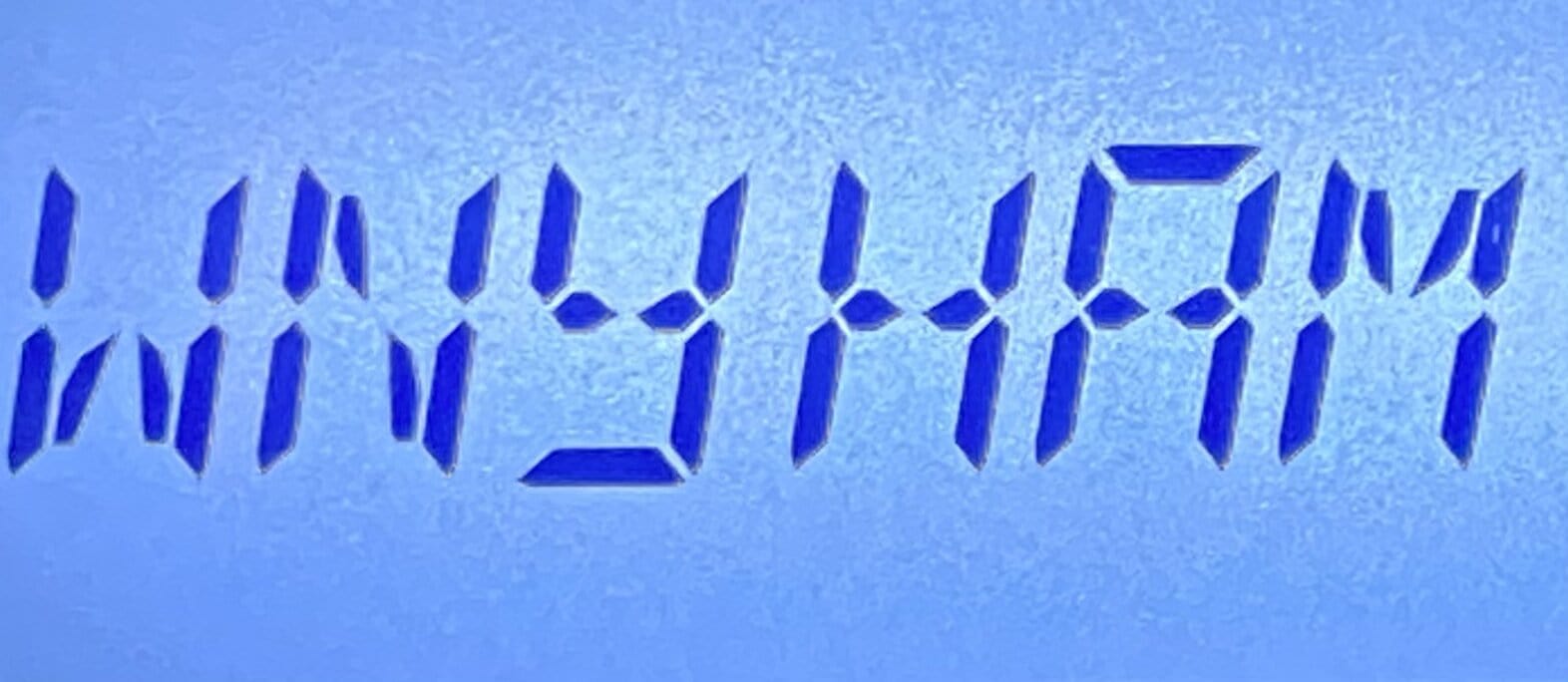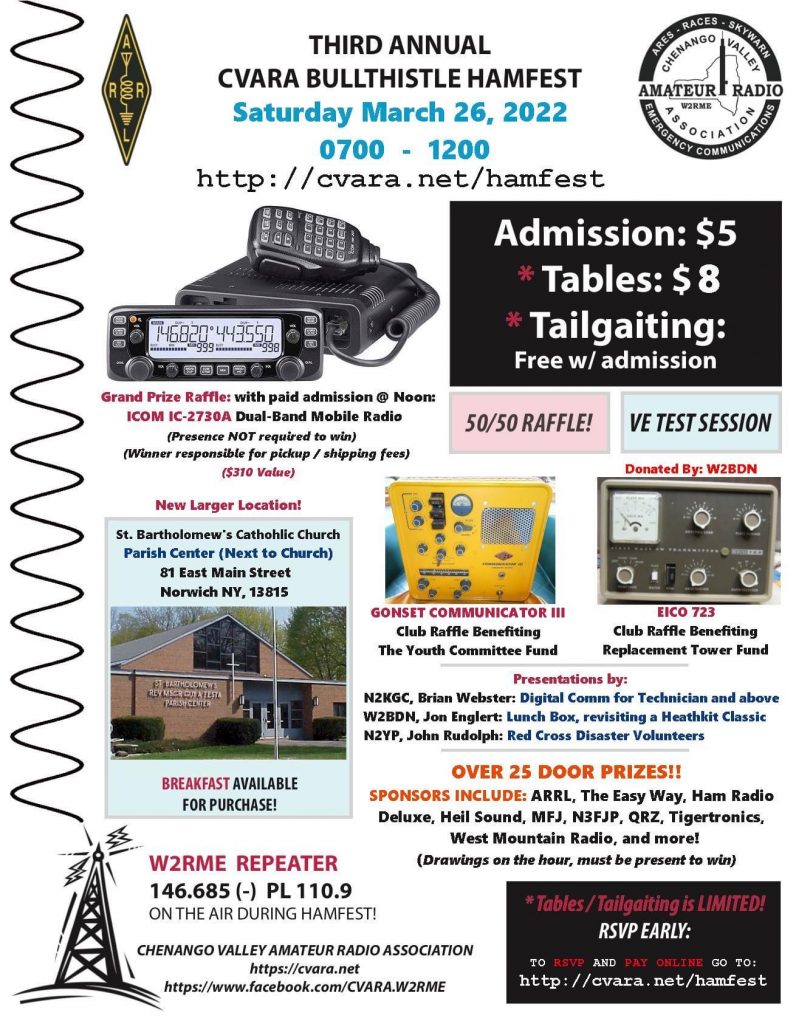Our WNY ARRL Section leadership is interested in Station Activity Reports (SAR) from our Official Relay Stations (ORS) and other stations participating in the National Traffic System.
Please send your report as a radiogram to Matt K2EAG/STM within the first week of each month for inclusion in the section traffic report to our section and field organization leadership.
Here’s an example of a combined SAR and PSHR:
JUNE SAR ORIGINATED 5 SENT 29 RECEIVED 34 DELIVERED 7TOTAL 75 PSHR 31 4010 0 0 0 TOTAL81
The SAR points are made up of these four categories:
Originated
(An off-the-air function) Any ARRL standard format message traffic prepared by you (the first party) for someone other than yourself (a third party), and filed at your amateur radio station for initial transmission over the air. Count one point. In other words, this is a radiogram which you created for another per-son using your station’s message number and call sign.
Note: A message that you create for yourself does not qualify as an Origination, but will be covered later under the SENT category.
Sent
(An on-the-air function) Any message traffic to be sent by your station to another amateur station (a second party), whether such a message is initially transmitted from your station as your Originated message for a third party, a message for your-self, or one that was received from another amateur station. Count one point.
Note: Messages sent by means of telephone, postal, E-mail, etc. do not count as Sent, however they may qualify for counting as Delivered.
Received
(An on-the-air function) Any ARRL standard format radiogram received over amateur radio by your station. This will include message traffic received, whether for yourself, for relay to another amateur station (the second party), or received for delivery to the message addressee (a third party). Count one point.
Note: Messages received by other means, such as telephone, postal, E-mail, MARS, in-person, etc., are not counted as Received, however they may cause you to Originate a message for later transmission.
Delivered
(An off-the-air function) Any message traffic that is delivered by you to the message addressee (a third party), provided that the message was received at your station by amateur radio and that the addressee is someone other than yourself. This delivery is done by telephone, postal, E-mail, in-person, etc. Count one point.
Note: A message sent by amateur radio to the final addressee at another amateur station is counted as a sent message, not as a delivered message.
The Public Service Honor Roll (PSHR) includes 6 categories and should be reported in this order:
- Participating in a public service net, using any mode.
1 point per net session; maximum 40.
- Handling formal messages (radiograms) via any mode.
1 point for each message handled; maximum 40.
- Serving in an ARRL-sponsored volunteer position: ARRL Field Organization appointee or Section Manager, NTS Net Manager, TCC Director, TCC member, NTS official or appointee above the Section level.
10 points for each position; maximum 30.
- Participation in scheduled, short-term public service events such as walk-a-thons, bike-a-thons, parades, simulated emergency tests and related practice events. This includes off-the-air meetings and coordination efforts with related emergency groups and served agencies.
5 points per hour (or any portion thereof) of time spent in either coordinating and/or operating in the public service event; no limit.
- Participation in an unplanned emergency response when the Amateur Radio operator is on the scene. This also includes unplanned incident requests by public or served agencies for Amateur Radio participation.
5 points per hour (or any portion thereof) of time spent directly involved in the emergency operation; no limit.
- Providing and maintaining a) an automated digital system that handles ARRL radiogram-formatted messages; b) a Web page or e-mail list server oriented toward Amateur Radio public service.
10 points per item.
Amateur Radio stations that qualify for PSHR 12 consecutive months, or 18 out of a 24 month period, will be awarded a certificate from Headquarters upon written notification of qualifying months to the Public Service Branch of Field and Educational Services at ARRL HQ.
While PSHR is earned at 70 points and higher, all active stations are encouraged to include PSHR along with their SAR.
Do you still have questions? We’d love to help! Please contact one of your Section Traffic Managers below:
Matt K2EAG
WNY Section Traffic Manager
k2eag@…
Hamshack Hotline 5748
716-616-0188
Andy W2ZXN
WNY Assistant Section Traffic Manager
w2zxn@…
Hamshack Hotline 11359
315-219-2219

